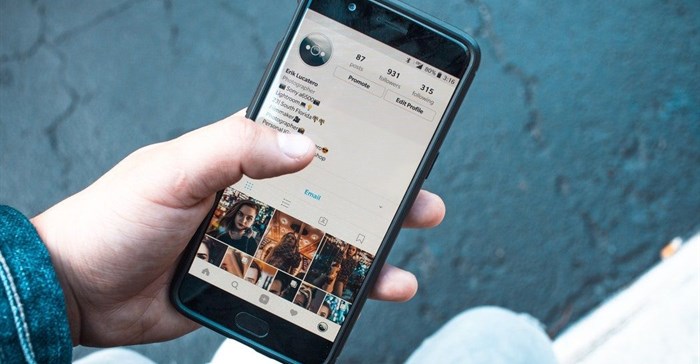






The reality is that the discussion around transparency and integrity has to become central to all aspects of influencer marketing. Brands have to feel confident, safe and informed when working with influencers as a transparent relationship benefits everyone. So, whether you’re outsourcing your influencer marketing or doing it internally, here are some signs of inauthentic behaviour…
If an influencer’s visible engagements such as likes, comments and shares appear to be low when compared with the number of people following them it is likely that a portion of their audience may not be real. Typical engagement rates vary by audience size but you can use these numbers as a guide to help you calculate healthy engagement rates: 10-20k averages 5%, 20-50l averages 4% and 50-500k averages 3%.
The average engagement rate and average engagement versus category are two of the key measures alongside quality, frequency and follower numbers.
Comments that are vague, encourage users to follow accounts or seem irrelevant to the content or the influencer can be signs of fake followers. Hashtags by influencers or in comment sections that promote #lik4likes or #like4comment can also be a sign of bot behaviour. Minimise this risk by signing off on captions and hashtags.
Most influencers know that building an engaged following is a marathon, not a sprint. Growth comes from great content, collaboration, consistency and commitment. Abnormal increases in a short space of time can be a sign that the followers have been bought. However, there are always exceptions to the rule and not all influencer spikes may come with bots or fraud. This is where an understanding of the technology and the market is essential.
The best weapon against the bots is people. Campaign managers should ensure that they know the influencers they are working with and they should have a strong awareness of their style, behaviour and average engagement.
Don’t just accept an aggregated view of your campaign’s performance. You need access to results on individual posts as this is where anomalies will be at their most obvious. Also, consider the frequency of your reporting as weekly reporting may not be often enough to spot bad behaviour.
If the industry starts to value engagement overreach, then followers can focus on their content, organic growth and engagement rather than their follower numbers. Also consider the audience make up and ensure it matches your target audience.
Be clear about what you want and your expectations. You need to let influencers know exactly what you will and will not tolerate so that your brand remains clear.
All these steps highlight the issues that you need to be aware of before you engage with an influencer. However, as more and more companies create influencer programmes that build long-term influencer relationships, it is worth investing into a solution or partner who will consistently monitor against fraudulent behaviour.
